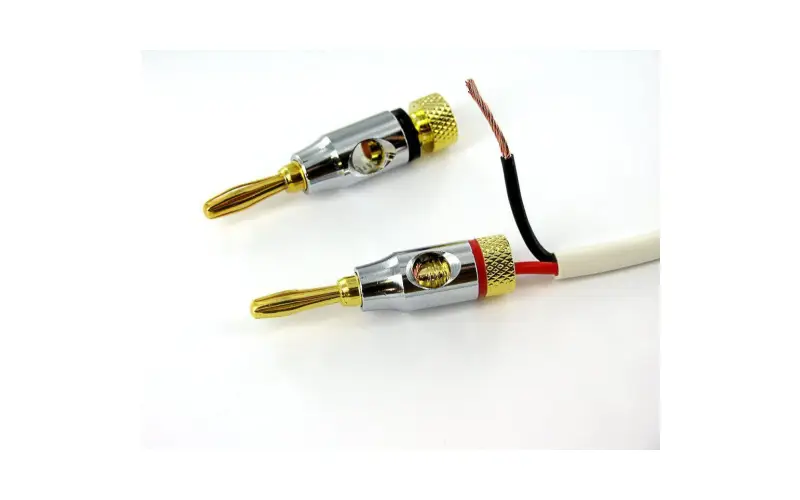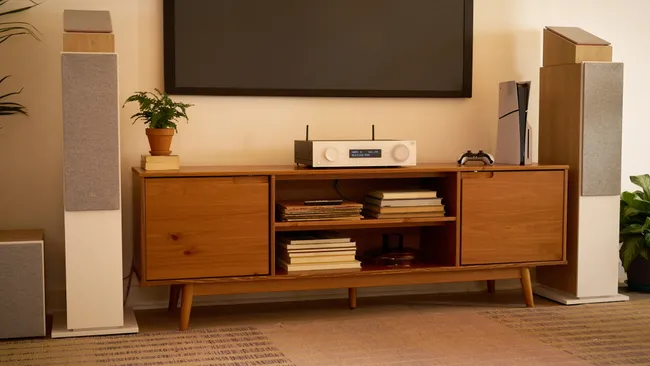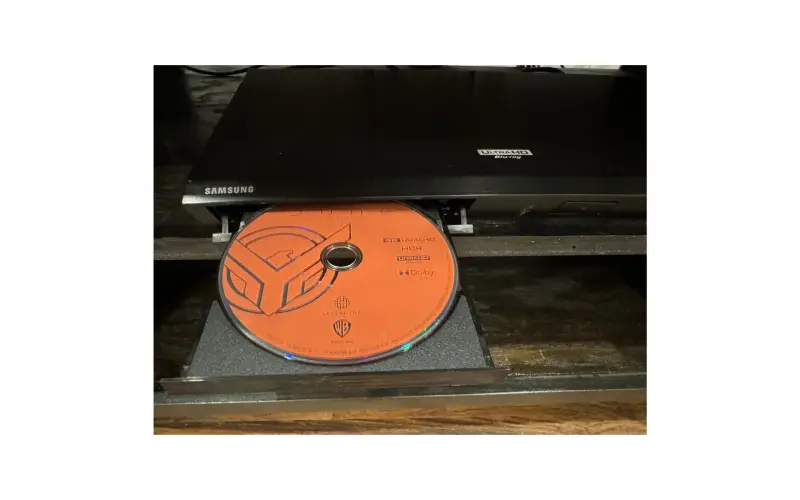Demystifying Speaker Wire Terminations: A Guide to Understanding the Different Types
When it comes to setting up a home theater or audio system, speaker wires play a crucial role in delivering high-quality sound from your amplifier or receiver to your speakers. While selecting the right gauge and length of speaker wire is important, understanding the different types of terminations for speaker wires is equally essential. In this article, we will explore the various types of terminations commonly used for speaker wires, their pros and cons, and how to choose the right one for your audio setup.
Bare Wire Termination:
- Bare wire termination is the simplest and most basic type of speaker wire termination. It involves stripping the insulation from the ends of the speaker wires to expose the bare conductive wire, and then connecting these bare wires to the speaker terminals on the amplifier or speaker using screw-down terminals or binding posts. Bare wire terminations are suitable for speakers and amplifiers that have spring clips or binding posts that can accept bare wires. While bare wire terminations are inexpensive and easy to connect, they may be prone to shorting and can be less secure compared to other types of terminations.
Spade Connector Termination:
- Spade connectors are metal connectors that resemble a spade or fork shape and can be attached to the ends of speaker wires. Spade connectors are typically made of brass or copper and come in different sizes to accommodate different speaker terminals. Spade connectors provide a more secure and reliable connection compared to bare wires, as they can be securely fastened to binding posts or terminals using screws. They also offer better conductivity and can minimize the risk of shorting. However, spade connectors may require additional tools for installation, such as a crimping tool, and may not be compatible with all speaker terminals.
Banana Plug Termination:
- Banana plugs are a popular type of termination for speaker wires due to their ease of use and versatility. Banana plugs are typically made of brass or copper and feature a cylindrical shape with a pin that can be inserted into the speaker terminals. Banana plugs offer a quick and convenient way to connect and disconnect speaker wires, making them ideal for setups that require frequent changes or adjustments. They provide a secure and reliable connection, similar to spade connectors, without the need for crimping tools. However, not all amplifiers and speakers are compatible with banana plugs, as they require binding posts or terminals that can accept banana plugs.
Pin Connector Termination:
- Pin connectors are similar to banana plugs, but instead of a cylindrical shape, they have a pin-like shape that can be inserted into speaker terminals. Pin connectors are made of brass or copper and are available in different sizes to accommodate different speaker terminals. Pin connectors provide a secure and reliable connection, similar to spade connectors and banana plugs, but may require additional tools for installation, such as a crimping tool. Pin connectors are commonly used in professional audio setups and can offer a more streamlined and low-profile look compared to other types of terminations.
Twist-Lock Termination:
- Twist-lock terminations, also known as bayonet terminations, are a type of termination that uses a locking mechanism to secure the speaker wire to the speaker terminal. Twist-lock terminations typically consist of a connector with a threaded collar that can be twisted onto the speaker terminal, securing the wire in place. Twist-lock terminations offer a secure and reliable connection, as they prevent accidental disconnections and minimize the risk of shorting. They also provide a clean and professional appearance, as the connector is flush with the speaker terminal. However, twist-lock terminations may not be as commonly used or widely available as other types of terminations, and may require specific connectors that are compatible with your speakers.
In conclusion, understanding the different types of terminations for speaker wires is essential for setting up a reliable and high-quality audio system. Each type of termination has its pros and cons, and the right choice depends on your specific setup and requirements. Bare wire terminations are simple and inexpensive, but may not provide the most secure connection. Spade connectors offer better security and conductivity but may require additional tools for installation. Banana plugs are easy to use and versatile, but not all amplifiers and speakers are compatible with them. Pin connectors offer a streamlined look but may require crimping tools for installation. Twist-lock terminations offer a secure connection but may be less commonly used and require specific connectors.
When choosing a termination type for your speaker wires, consider the compatibility with your speakers and amplifiers, the level of security and reliability required, the ease of installation, and the overall aesthetics of your setup. It's also important to use high-quality speaker wires that are appropriate for your system's power requirements and impedance matching.
To terminate your speaker wires, follow these general steps:
- Measure and cut your speaker wires to the desired length, leaving some extra length for flexibility.
- Strip the insulation from the ends of the speaker wires to expose the bare conductive wire.
- Depending on the type of termination, attach spade connectors, banana plugs, pin connectors, or twist-lock connectors to the stripped ends of the wires using the appropriate tools or methods.
- Connect the terminated speaker wires to the corresponding speaker terminals on your amplifier or speaker, following the manufacturer's instructions or guidelines.
- Double-check all connections to ensure they are secure and properly connected.
- Repeat the process for all the speaker wires in your setup.
In conclusion, understanding the different types of terminations for speaker wires and choosing the right one for your audio setup is essential for achieving optimal sound quality and performance. Follow the manufacturer's instructions or guidelines for installation, and always use high-quality speaker wires that are suitable for your system's requirements. With the right terminations and speaker wires, you can enjoy a fantastic audio experience in your home theater or audio system. Happy listening!





